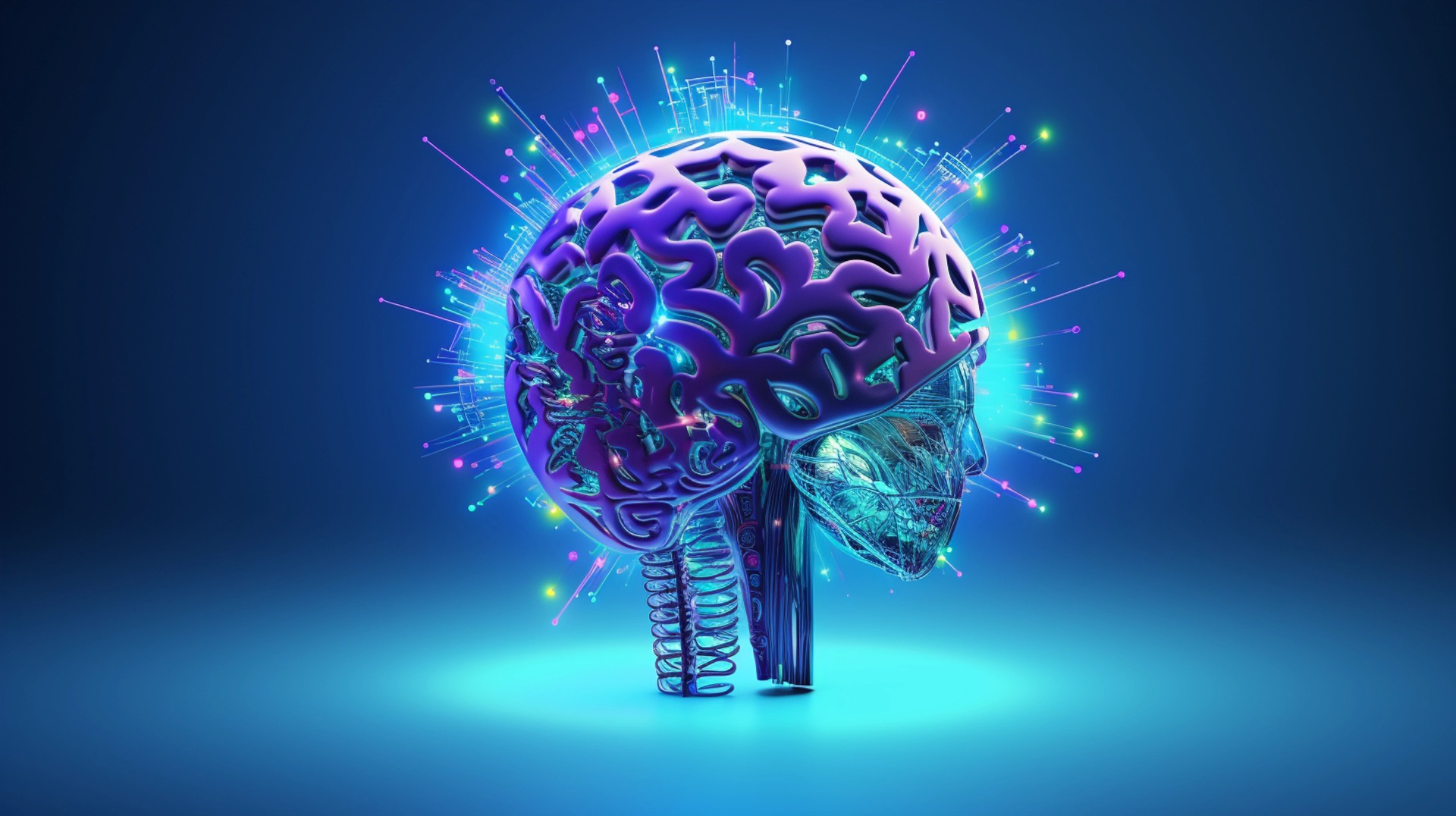Comments
- No comments found

Credit scoring is a critical component of the financial industry, helping lenders evaluate the creditworthiness of potential borrowers.
Traditional methods of credit scoring, while effective to a degree, often fall short in capturing the full picture of an individual's credit risk. This is where machine learning comes in, offering advanced techniques to enhance the accuracy and reliability of credit scoring models. To improve the accuracy of their assessments, financial institutions are increasingly incorporating credit scoring machine learning into their decision-making processes.
Credit scoring involves assessing the risk associated with lending to a particular individual or business. Conventional credit scoring models, such as FICO scores, rely heavily on historical data like payment history, outstanding debt, and length of credit history. While these factors are useful, they do not always account for the nuances of an individual's financial behavior or emerging credit risks.
Machine learning can process vast amounts of data and identify patterns that traditional methods might miss. Machine learning offers enhanced predictive accuracy by analyzing more variables and complex interactions, leading to more precise predictions of creditworthiness. Unlike static models, machine learning models can continuously learn and adapt to new data, improving their predictive power over time. Properly trained machine learning models can reduce human bias in credit decisions, leading to fairer outcomes. Additionally, machine learning excels at detecting outliers and fraudulent behavior, which is critical for assessing credit risk.

The first step in using machine learning for credit scoring is to collect comprehensive data. This includes both traditional credit data and alternative data sources. Traditional data encompasses payment history, credit utilization, length of credit history, types of credit used, and new credit inquiries. Alternative data includes social media activity, utility payments, rent payments, employment history, and other non-traditional financial indicators.
Data preprocessing is crucial to ensure the quality and consistency of the data used for training machine learning models. This step involves several processes. Data cleaning involves removing or correcting inaccurate records, handling missing values, and standardizing data formats. Feature engineering involves creating new variables (features) that can help the model better understand the patterns in the data. For example, combining monthly rent and utility payments can create a new feature that reflects regular financial obligations. Normalization involves scaling features to ensure that no single feature dominates the model due to its magnitude.
Choosing the right machine learning model is essential for effective credit scoring. Some commonly used models in credit scoring include logistic regression, decision trees, random forests, gradient boosting machines (GBMs), and neural networks. Logistic regression is often used for binary classification problems, predicting the likelihood of default based on input features. Decision trees and random forests are good for capturing non-linear relationships and interactions between variables. Gradient boosting machines build an ensemble of decision trees in a sequential manner, improving accuracy with each iteration. Neural networks can capture complex patterns in large datasets, though they require more computational power and data to train effectively.
Once a model is selected, it needs to be trained on historical data. This involves splitting the data into training and validation sets. The training set is used to train the model, allowing it to learn the relationships between features and credit outcomes. The validation set is used to evaluate the model's performance and fine-tune its parameters. Techniques like cross-validation can help ensure that the model generalizes well to unseen data.
Evaluating the performance of a machine learning model in credit scoring involves several metrics. Accuracy measures the proportion of correct predictions made by the model. Precision measures the accuracy of positive predictions, while recall measures the ability of the model to identify all relevant cases. The area under the receiver operating characteristic curve (AUC-ROC) provides a single metric that summarizes the model's ability to discriminate between positive and negative classes. The F1 score, which is the harmonic mean of precision and recall, provides a balanced measure of model performance.
After the model is trained and validated, it can be deployed in a real-world setting. Continuous monitoring is essential to ensure that the model maintains its accuracy and fairness over time. This involves regular updates, periodically retraining the model with new data to capture evolving credit behaviors. Monitoring for any signs of bias in the model's predictions and taking corrective actions if necessary is crucial for ensuring fairness. Performance tracking, using dashboards and other tools, helps track the model's performance metrics and make adjustments as needed.
While machine learning offers significant advantages for credit scoring, it also comes with challenges. Ensuring that sensitive financial data is protected and used ethically is paramount for data privacy. Some machine learning models, especially deep learning models, can be difficult to interpret, making it challenging to understand the reasons behind a particular credit decision. Financial institutions must comply with regulations that govern credit scoring and lending practices, and models must be transparent and explainable to meet these requirements.
Machine learning has the potential to revolutionize credit scoring by providing more accurate, dynamic, and fair assessments of credit risk. By leveraging a variety of data sources and sophisticated modeling techniques, lenders can make better-informed decisions, reduce default rates, and improve customer experiences. However, it is essential to approach machine learning in credit scoring with careful consideration of data privacy, model interpretability, and regulatory compliance to fully realize its benefits. As the technology continues to evolve, it will play an increasingly important role in shaping the future of credit scoring.
Leave your comments
Post comment as a guest